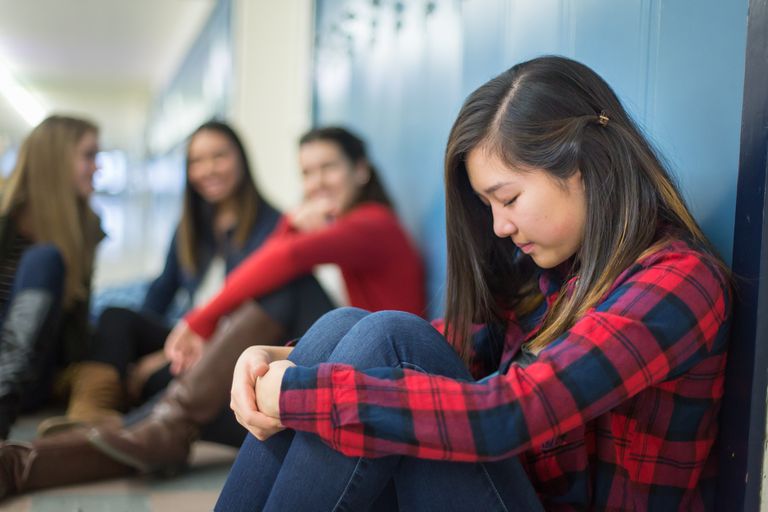Coming Together Against Bullies
Bullying is a problem that students either hear about in school, because it happens in front of them, or is discouraged dating back to elementary school when students were taught that it is not okay. However, when students actually do see bullying happening, some may want to help, but fear they may themselves become targets.
Bullying is aggressive behavior towards an individual that involves a person abusing the power imbalance. This behavior is repeated continuously over a period of time and can be shown verbally or physically in order to make someone feel as if they are of little value or importance compared to the bully. People who are bullied can sometimes have lasting effects that can affect them in the future such as Post Traumatic Stress Disorder, according to the American Addiction Center.
Recognizing the signs of someone that could be bullied can sometimes be challenging. Actions such as, physically hitting someone on multiple occasions is easy to identify. Verbally assaulting someone with harsh words is harder to identify in large crowds or among groups of students that think of these statements as jokes. Sophomore, Isabella Rios thinks that bullying will be something that some students will face, but that it should lead to a bigger conversation about mental health.
“I do not think bullying will ever be resolved. As long as people are different, someone is bound to bully someone. Rather than resolving bullying, I believe time needs to be spent focusing on students mental health. With this approach we can teach students to stand up for themselves, and we can help bullies overcome their insecurities,” Rios said.
Society has not found a clear cut resolution to stop bullying from happening. When someone is getting bullied physically, they are getting hurt with physical actions rather than verbal words. However people getting hurt verbally can cause as much if not more damage than physical abuse. Sophomore, Jermey Perez has seen people get abused verbally and did not know what to do to help.
“When I saw that someone was getting verbally bullied, I did not know what to do. I was honestly so scared for them. The following week, the person being bullied moved away, and I was so happy for them,” Perez said.
Conversely Rios can reflect on instances in her past, and use those as motivators to help those being bullied.
“I have seen bullying happen. I used to tell myself that everything was okay, but still knowing that it was not okay. After being bullied myself, I realized that the people getting bullied just need someone standing up for them,” Rios said.
While this can be true, not everyone decides to help. Students who do not do anything to stop bullying from happening are called bystanders. English teacher, Amberly Reynolds, says that she is personally guilty of being a bystander when she was young, but wanted to help and also did not know how. Instead, she chose to be the victim’s go-to for the aftermath of the bullying.
“Growing up, when I would see people get bullied, I desperately wanted to help. Unfortunately, I would not normally stick up for the person, but I would always try to keep an eye out for that person and try to be their friend,” Reynolds said.
Students that witness bullying are encouraged to speak to an adult about what they saw. Although bullying may never be completely eliminated, coming together in a unified front could provide the first step to creating a safer environment.


